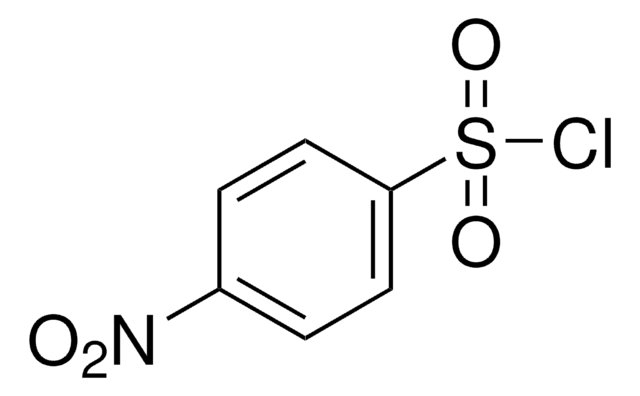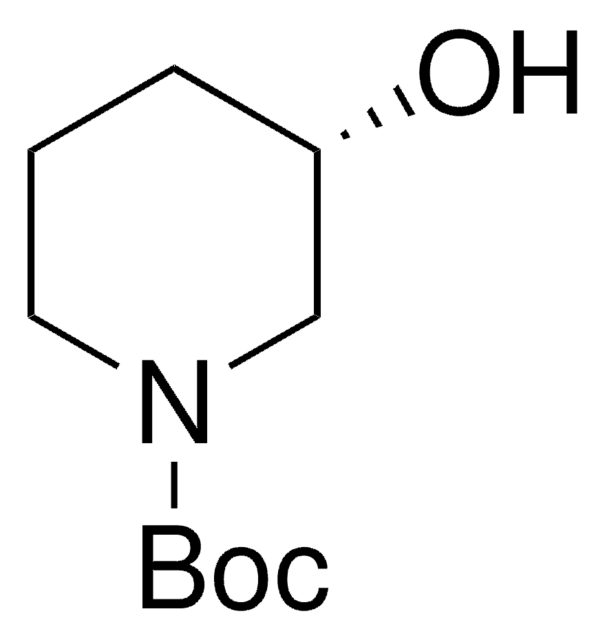All Photos(2)
About This Item
Linear Formula:
C6H5OC6H4B(OH)2
CAS Number:
Molecular Weight:
214.02
MDL number:
UNSPSC Code:
12352103
PubChem Substance ID:
NACRES:
NA.22
Recommended Products
Quality Level
Assay
≥95.0%
mp
141-145 °C (lit.)
functional group
phenoxy
SMILES string
OB(O)c1ccc(Oc2ccccc2)cc1
InChI
1S/C12H11BO3/c14-13(15)10-6-8-12(9-7-10)16-11-4-2-1-3-5-11/h1-9,14-15H
InChI key
KFXUHRXGLWUOJT-UHFFFAOYSA-N
Related Categories
Application
4-Phenoxyphenylboronic acid can be used as a reactant:
- In the Suzuki-Miyaura coupling reaction to synthesize aryl derivatives via C-C bond formation by reacting with different aryl halides over a palladium catalyst.
- To prepare 1-phenoxy-4-(trifluoromethyl)benzene via oxidative trifluoromethylation using Chan-Lam-type reaction conditions.
- To synthesize evobrutinib, a potent Bruton′s tyrosine kinase (BTK) inhibitor.
Other Notes
Contains varying amounts of anhydride
Storage Class Code
11 - Combustible Solids
WGK
WGK 3
Flash Point(F)
Not applicable
Flash Point(C)
Not applicable
Personal Protective Equipment
dust mask type N95 (US), Eyeshields, Gloves
Choose from one of the most recent versions:
Already Own This Product?
Find documentation for the products that you have recently purchased in the Document Library.
Efficacy and pharmacodynamic modeling of the BTK inhibitor evobrutinib in autoimmune disease models
Haselmayer P, et al.
Journal of Immunology, 202(10), 2888-2906 (2019)
Room temperature aryl trifluoromethylation via copper-mediated oxidative cross-coupling
Senecal TD, et al.
The Journal of Organic Chemistry, 76(4), 1174-1176 (2011)
Pyrazolo [3, 4-d] pyrimidines containing an extended 3-substituent as potent inhibitors of Lck-a selectivity insight
Burchat AF, et al.
Bioorganic & medicinal chemistry letters, 12(12), 1687-1690 (2002)
Functionalization of pyrrolo [2, 3-d] pyrimidine by palladium-catalyzed cross-coupling reactions
Tumkevicius, S and Dodonova, J
Chemistry of Heterocyclic Compounds, 48(2), 258-279 (2012)
Imari Koike et al.
Planta, 251(3), 73-73 (2020-03-07)
Endogenous auxin determines the pattern of adventitious shoot formation. Auxin produced in the dominant shoot is transported to the internodal segment and suppresses growth of other shoots. Adventitious shoot formation is required for the propagation of economically important crops and
Our team of scientists has experience in all areas of research including Life Science, Material Science, Chemical Synthesis, Chromatography, Analytical and many others.
Contact Technical Service








